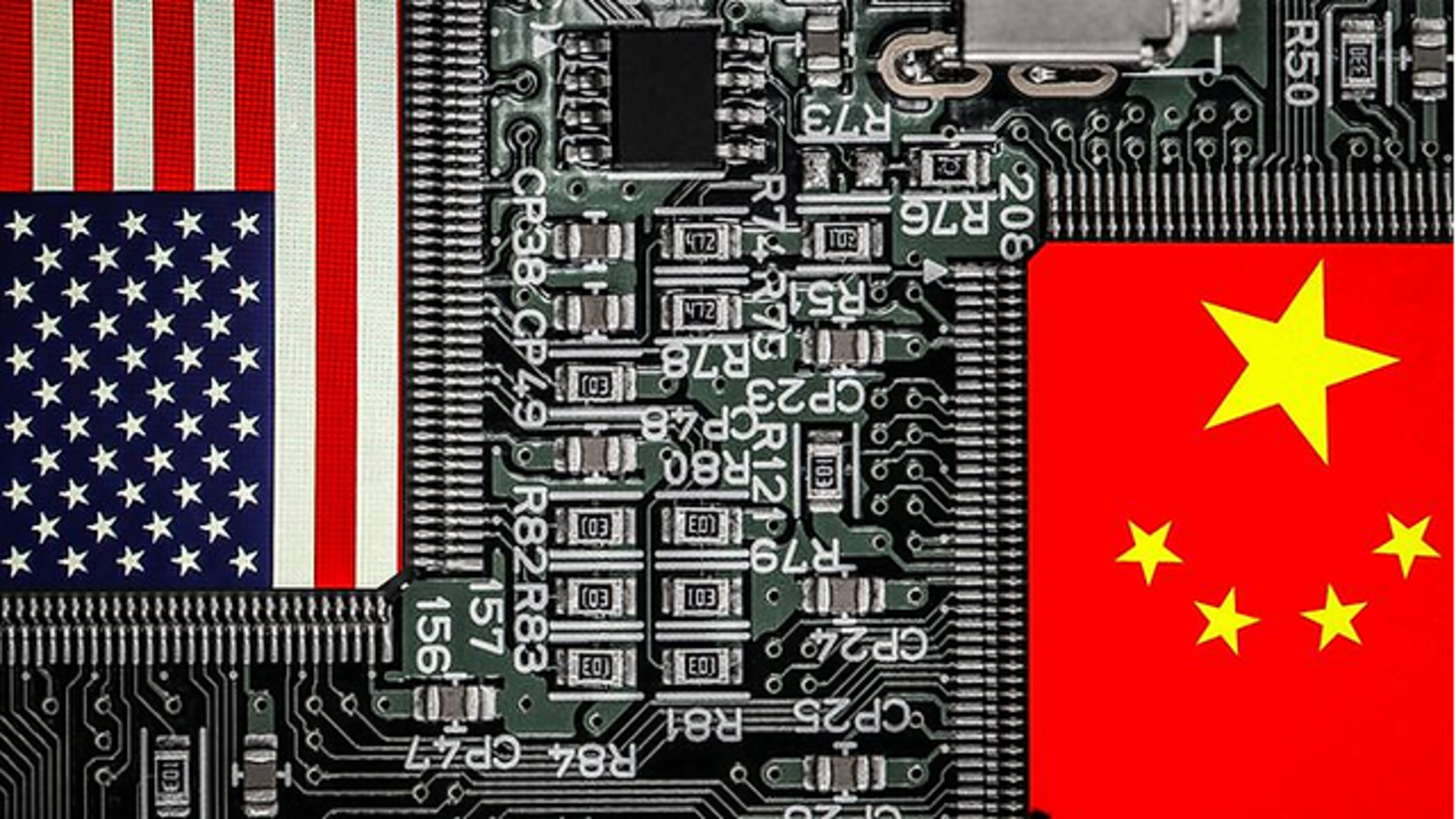
US imposes rules to guard chip subsidies against China
What's the story
The United States' Commerce Department has issued final rules to prevent semiconductor manufacturing subsidies from being used by China and other countries deemed to pose American national security concerns. These regulations represent the last hurdle, before the Biden administration can begin allocating $39 billion in subsidies for semiconductor production under the groundbreaking "Chips and Science" law. The move is part of a broader effort to maintain America's technological edge while addressing security concerns.
Details
Protecting national interests
The newly finalized regulations, initially proposed in March, establish clear "guardrails" to ensure that recipients of US semiconductor funding do not invest in expanding semiconductor manufacturing in countries considered security risks, such as China and Russia. Moreover, these rules limit funding recipients' involvement in joint research or technology licensing efforts with foreign entities of concern. The US government's intent is to safeguard sensitive technologies and prevent potential adversaries from gaining an advantage.
What Next?
A strategic approach
In October 2022, the Commerce Department had already taken steps to curtail China's access to certain semiconductor chips produced with US equipment. This action was aimed at slowing down China's technological and military advancements. Commerce Secretary Gina Raimondo emphasized the importance of being vigilant in ensuring that none of the $52.7 billion allocated for semiconductor production inadvertently aids China's technological ascent. The regulations also empower the Commerce Department to retract federal awards should recipients violate these restrictions.
Insights
Prioritizing precision over speed
Raimondo acknowledged the urgency of the situation, stating, "We are behind, but it is more important that we get it right." She expressed a commitment to meticulous award approval to ensure that the funds are allocated in a manner that maximizes their impact without compromising national security. The regulations limit substantial semiconductor manufacturing expansion in concerned countries for a decade but permit adherence to international standards, patent licensing, and the use of foundry and packaging services.
Insights
Defining critical national security assets
The final rules not only address manufacturing capacity but also classify specific semiconductors as critical to national security. These include components used in quantum computing, current-generation and mature-node chips, radiation-intensive environments, and specialized military capabilities. Tighter restrictions will be applied to these crucial technologies to ensure they remain secure and within the control of the United States.